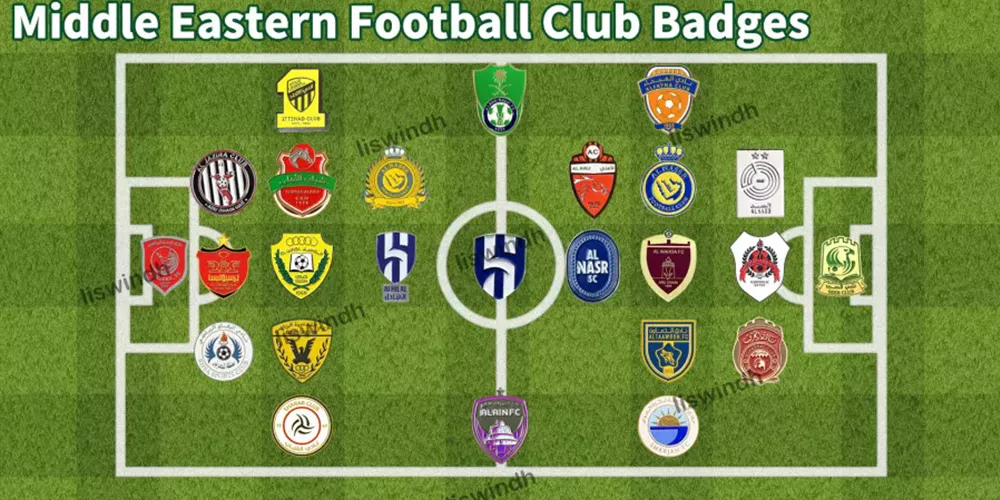
Middle - Eastern football clubs have a rich and diverse history, with significant influence in their respective countries.
These clubs were founded over different periods. For example, Al - Ittihad FC was founded in 1927, making it one of the oldest and most prominent clubs in Saudi Arabia. Al - Hilal FC, founded in 1957, has also become a dominant force in Asian football. Many of these clubs have long - standing traditions and have been at the heart of the local football scene for decades.
In countries like Saudi Arabia, the United Arab Emirates (UAE), Qatar, and Bahrain, football clubs have played a crucial role in the development of the sport. Clubs such as Al - Nasr FC in Saudi Arabia, which became famous after introducing international stars like Cristiano Ronaldo, have a broad fan base and high - profile status.
In domestic leagues, these clubs are highly competitive. In Saudi Arabia, clubs like Al - Hilal, Al - Ahli SC, and Al - Ittihad FC have won the Saudi League Championship multiple times. They are not only successful on the pitch but also have a strong impact on the local football culture. For example, they attract large numbers of spectators to their matches, creating a vibrant match - day atmosphere.
In the UAE, clubs like Al - Ain FC and Shabab Al Ahli FC are well - known giants. Al - Ain FC has won the Asian Champions League several times, which has enhanced its reputation not only in the UAE but also across Asia. These clubs also play a role in nurturing local talent, with their youth training systems producing many promising players.
In Qatar, clubs like Al - Sadd SC and Al - Rayyan SC are traditional powerhouses. Al - Sadd SC, in particular, has a well - known youth training system and has been successful in both domestic and Asian competitions.
Middle - Eastern football clubs have also made their mark on the international stage. They participate in the Asian Champions League, where they have achieved notable results. For example, Iranian club Persepolis FC has won the Iranian League Championship several times and has a strong presence in Asian football.
The presence of international stars in some of these clubs has also increased the global visibility of Middle - Eastern football. For instance, the arrival of Cristiano Ronaldo at Al - Nasr FC has attracted global media attention, and it has also increased the interest of international fans in the Saudi Pro League.
These clubs also contribute to cultural exchanges through football. They host international friendlies and participate in international tournaments, promoting the image of their respective countries and the sport of football in the Middle East.
In conclusion, Middle - Eastern football clubs are not only important in the domestic football landscape but also have a growing influence on the regional and international football scenes. Their historical significance, competitive nature in domestic leagues, and international achievements all contribute to their far - reaching influence.